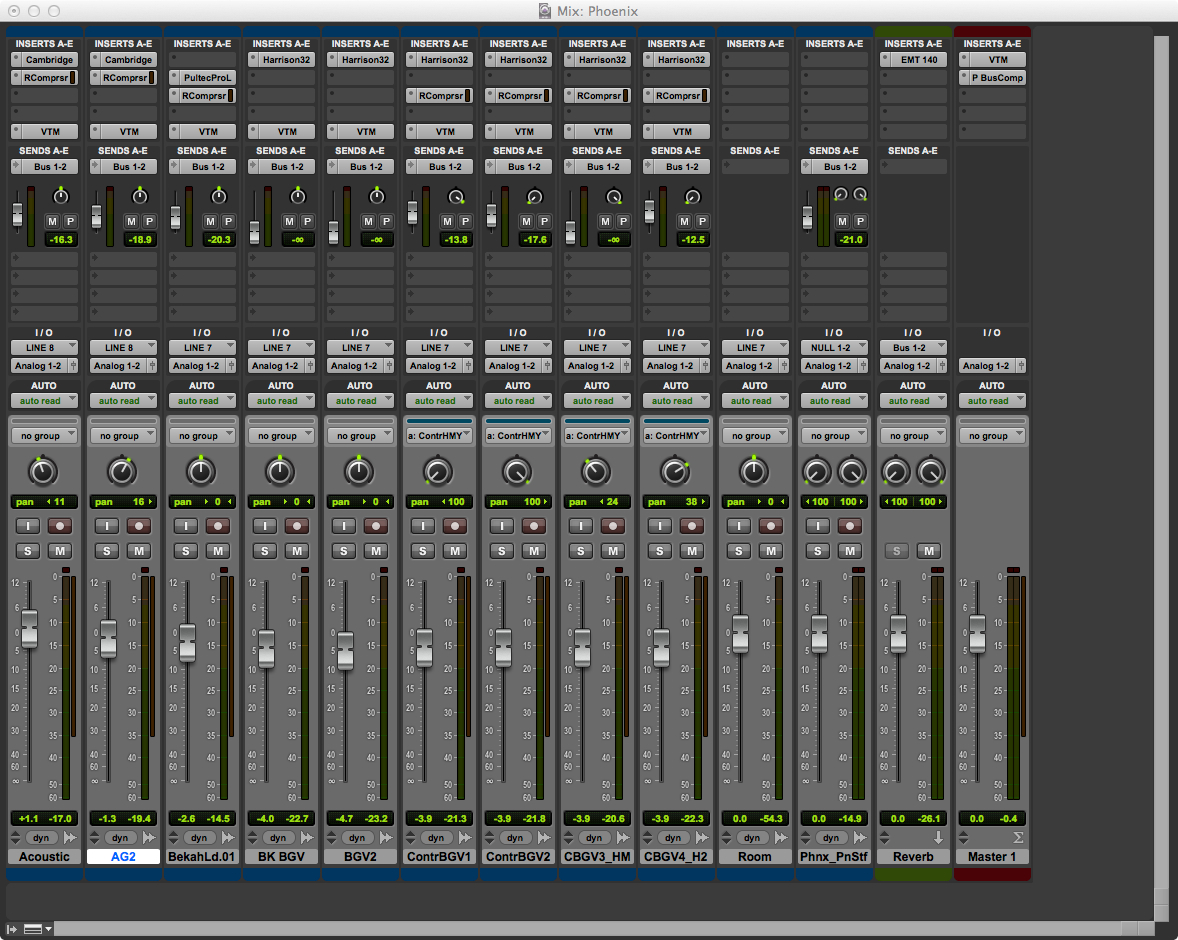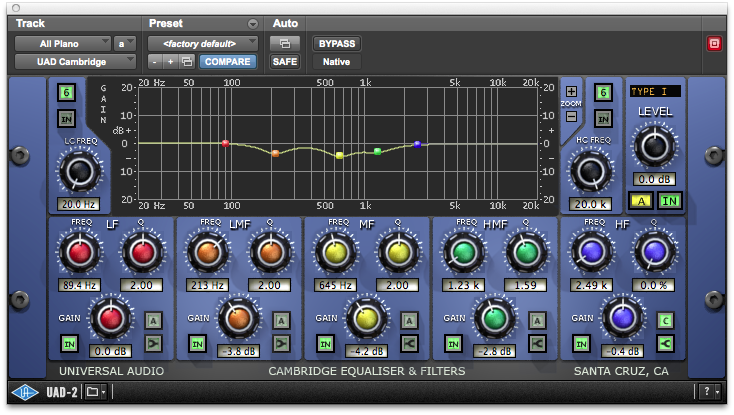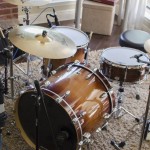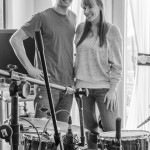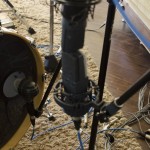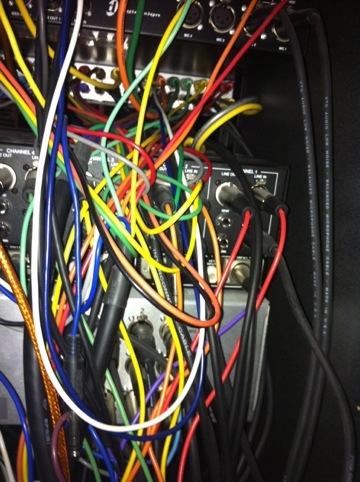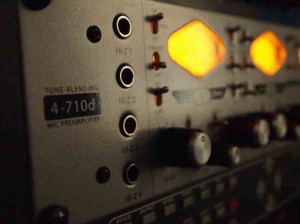I totally get a kick from some first time “artists” in the studio. The room is excited. Everyone has done their homework. We are in the process of setting up; making sure the environment is at it’s best. Inevitably, someone’s phone will ring and I’ll hear,”… yeah, I’m in the studio.” Big smirk and a nod of approval. Before I remind everyone to turn off their phones, I remind myself I was once in the studio for the first time and remember my synapses having their own rave party as I walked around trying to take it all in. The idea the energy an artist is putting forth will permanently be captured either on magnetic tape(analog) or a 0’s and 1’s (digital) can seem magical yet daunting. Don’t be scared my friends. Here are a few tips to make your studio experience a positive one.
Do your homework. It’s a recording studio not a practice studio. Knowing what needs to be done allows one to better explore other possibilities efficiently and effectively.
Be on time. Sounds simple enough. In most cases, the studio is paying for the engineers time with or without the artist there.
Respect the control room. The engineer’s job to listen and capture is a critical process. While the engineer is recording, listening, editing he/she is focused and trying to get the best possible sound for you. Talking or noise that has nothing to do with the task at hand can go to the lounge area or another room. It’s like getting in front of a camera while the photographer is taking a picture of something else. It’s your time, your money and I’m sure you want the best for that.
No such thing as a stupid question. Most of us are happy to share our knowledge with anyone who asks. If you want to know more about the process you are undergoing, make a list of questions, wait for a break, and fire away. You might be surprised. We might not shut up.
Have a good time. You’re capturing a moment. Make that moment beautiful and you’ll end up with beautiful music. This is easier said than done. Maintaining positive relationship between two people is difficult enough. I’m sure a five piece band can provide a deterrent for polygamy.
The studio can seem like a microscope exposing all the imperfections. One should use that to improve and grow as an artist. What happens in the studio, stays in the studio… until the CD comes out.
Happy New Year and thanks for listening!
Like this:
Like Loading...
